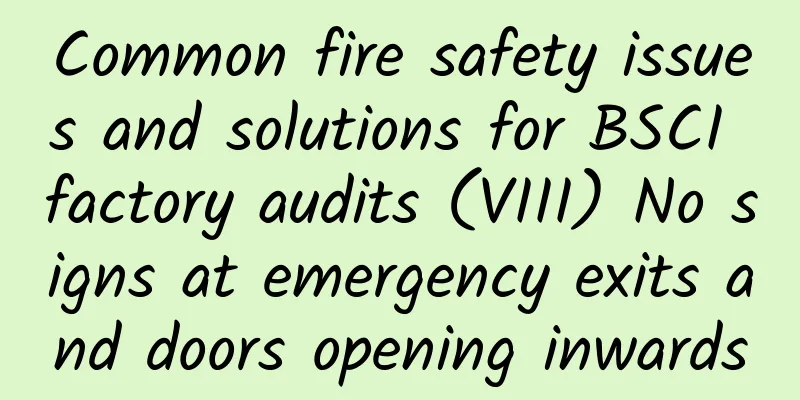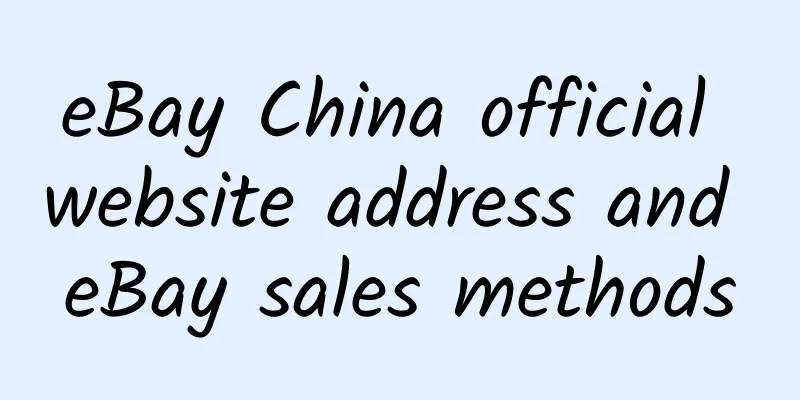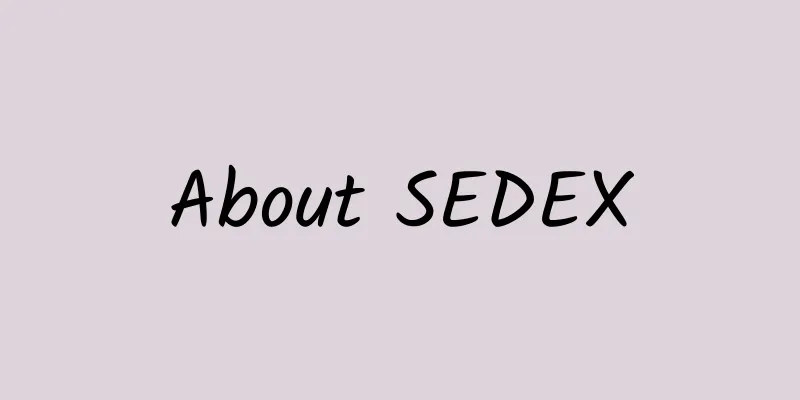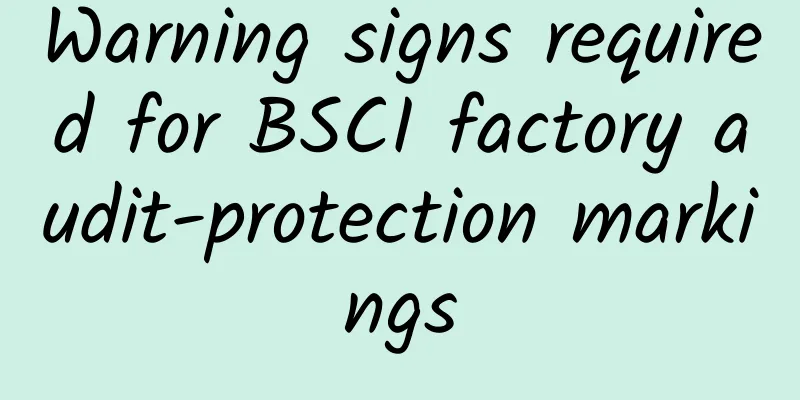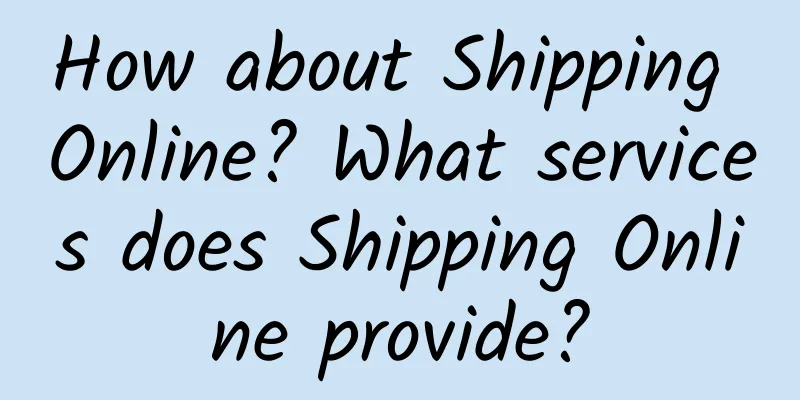What is the RoHS Directive? What are the basic contents of the RoHS Directive?
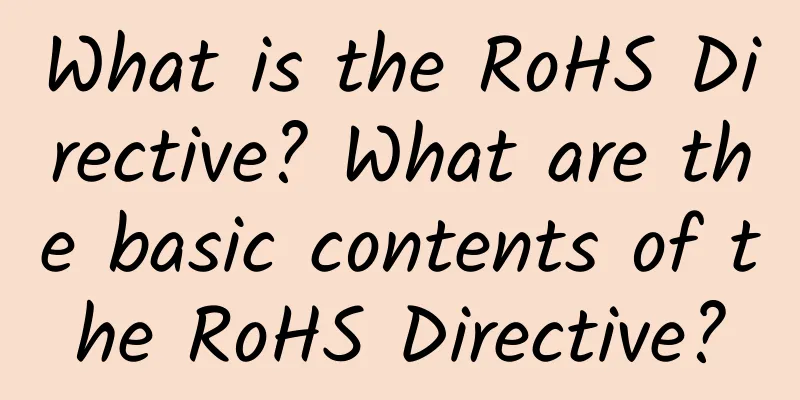
|
What is the RoHS Directive? On January 27, 2003, the European Parliament and the European Council passed Directive 2002/95/EC, namely "The Restriction of the use of Certain Hazardous Substances in Electrical and Electronic Equipment", referred to as the RoHS Directive. After the release of the RoHS Directive, it became a formal law within the EU from February 13, 2003; Before August 13, 2004, EU member states converted to their own laws/regulations; on February 13, 2005, the European Commission reviewed the scope of the directive and, taking into account the development of new technologies, proposed to add items to the list of banned substances; after July 1, 2006, the sale of products with excessive levels of six types of substances will be officially banned in the EU market. The new RoHS directive is 2011/65/EU. It is a part of the European CE and requires all products sold in Europe to use the CE mark. What are the basic contents of the RoHS Directive? The basic content is: from July 1, 2006, the use of six hazardous substances, including lead, mercury, cadmium, hexavalent chromium, polybrominated biphenyls (PBB) and polybrominated diphenyl ethers (PBDE), will be restricted in new electronic and electrical equipment products put on the market. The specific details are as follows: 1 Mercury (Hg) Examples of use of this substance: thermostats, sensors, switches and relays, light bulbs 2 Examples of lead use: solder, glass, PVC stabilizer 3 Examples of cadmium use: switches, springs, connectors, housings and PCBs, contacts, batteries 4 Chromium (hexavalent) Examples of use of this substance: Metal anti-corrosion coating 5 Examples of the use of polybrominated biphenyls (PBB): flame retardants, PCBs, connectors, plastic housings 6 Examples of polybrominated diphenyl ethers (PBDE) used in: flame retardants, PCBs, connectors, plastic housings This is the end of the knowledge about the RoHS Directive. If you want to get more information about the RoHS Directive, please pay attention and we will continue to answer your questions~ |
<<: What is Chewy? How did Chewy develop?
>>: What is RoHS certification? What scope does RoHS certification apply to?
Recommend
All BSCI members who need factory inspection (five)
JC factory inspection consultation/certification ...
Background and developments of ISO/TS16949
In order to coordinate the international automoti...
WRAP Certification - Global Apparel Production Social Responsibility Principles
The WRAP Principles are the core standards for pr...
2016 WRAP Certification Latest Guidelines
WRAP is reviewing its social responsibility certi...
What is Shenzhen Cross-border E-commerce Association? Business scope of Shenzhen Cross-border E-commerce Association
Shenzhen Cross-Border E-Commerce Association was ...
2020 Global Traffic Conference: Registration for the Global Traffic Matchmaking Conference is now open, hurry up and grab your tickets
Do you want to quickly reach tens of thousands of...
Sears and K-mart factory inspection details
Sears and K-mart factory inspection details Intro...
Walmart's latest anti-terrorism factory inspection requirements
What are the latest requirements for Walmart'...
Indian online fashion platform Voonik receives $20 million in Series B funding
Indian online fashion platform Voonik received $2...
Woolworths Quality Inspection Document List
Woolworths Quality Inspection Document List 1. Bu...
About SEDEX
Supplier Ethical Data Exchange Sedex, the Supplie...
If eBay wants to do well, what are the methods it must know?
How do eBay sellers want to get more sales? If yo...
What are the eBay rules?
In the previous articles, we learned about eBay&#...
Mercari——Japanese C2C second-hand trading platform
What is Mercari? "mercari" was founded ...
Shanghai Chaowang's advantages in BSCI factory audit guidance
1. Professional BSCI research team, only engaged ...
